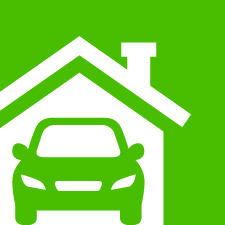Editor’s Note: This is a message from our partner, Meyer and Associates.
It can happen to anyone. You’re driving along the road, when something happens unexpectedly and your car breaks down. It could be a mechanical issue, a pothole, an obstacle in the road, or even an animal. No matter what causes your car to break down, it’s a scary experience, but one that you should be prepared for. Follow these roadside safety tips if you’re ever in this type of emergency:
Slow down. If you fee l a change in your vehicle’s performance, start to decrease your speed, but don’t slam on the brakes. Instead, slowly lift off of the gas pedal and use calm, controlled braking to slow down gradually.
l a change in your vehicle’s performance, start to decrease your speed, but don’t slam on the brakes. Instead, slowly lift off of the gas pedal and use calm, controlled braking to slow down gradually.
Use your indicators. It’s important to use your four-way emergency (hazard) lights to indicate to other drivers from the very first sign of trouble that you’re slowing down and moving off the road. Be sure to get as far off the road as possible.
Be seen. Any vehicle pulled off to the side of the road near traffic needs lighting, reflectors or other gear to warn oncoming traffic. It’s a good idea to keep a roadside emergency kit in your car that includes reflective triangles that can be used to warn oncoming traffic, particularly at nighttime when visibility is worse.
Call for help. Calling police or first-responders as quickly as possible can also limit your risk; once they arrive they have resources for ensuring traffic safety.
Stay out of the road. It may seem easy to go for your trunk, jack up a flat, or start walking down the road for help, but even when you are safely in the shoulder, you can still be at risk for a collision. If getting out of your car is necessary, always step around the vehicle on the side away from traffic. Never stand by the vehicle in the roadway.
Remembering these roadside safety tips can help keep you and your passengers safe after a vehicle breakdown while you wait for help.
You can also protect yourself, your vehicle, and your belongings with Auto, Home, and Renters coverage from Liberty Mutual via the Alumni Insurance Program.

